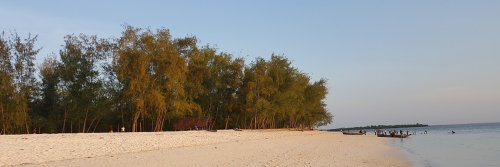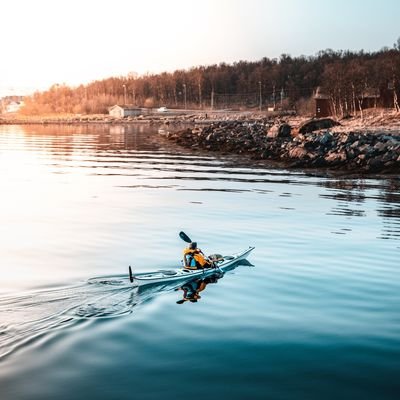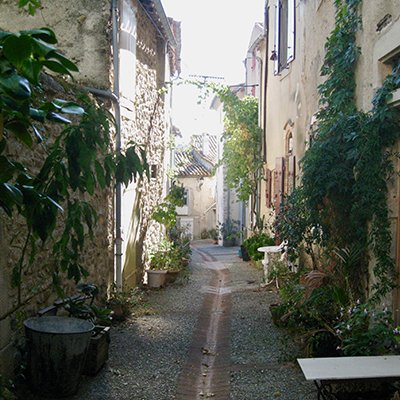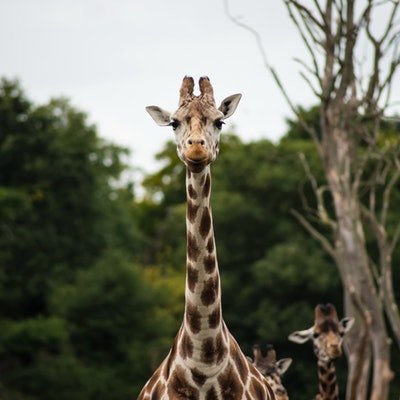A Tanzanian archipelago, Zanzibar's fresh salty air, lush long beaches of gently lapping warm Indian Ocean water, and myriad spice plantations are a mere 35km off the east-central African coastline and only a 20-minute flight from the mainland town of Dar es Salaam. This is the perfect anecdote for weary bodies having been hassled with early-morning rises to watch the wild critters on an African safari.
Most beaches have high tidal fluctuations, translating to shallow water for some distance to reach a swimmable depth at low tide. Getting around this fact is easy. After a long lazy walk on the uninterrupted stretches of white sand, you can splash in the shallows—perfect for those who don't wish to get their hair wet—or head to your hotel pool for that perfect swim. The best time to wallow on the sand in Zanzibar coincides with the safari season of Africa—June to October. But, having said that, Zanzibar is a fantastic destination at any time of the year, with its sunny days and balmy weather. When it does rain—months of April and May—it's still warm, but some hotels close during this period of the year.
A kitesurfer's idea of heaven to play with the winds, Zanzibar's free-for-all happens when the trade winds blow. From June to September, the Kuzi winds gust away, while the Kaskazi winds from December to March are gentle in the mornings—it's only the brave that get out after midday. The best beaches for those grinning when in the air are: on the south-east of the island, Bwejuu Beach; halfway between Bwejuu Beach and Paje Beach is the picturesque Jambiani Beach; and lastly, Paje Beach is the hot spot for kitesurfing whether a beginner or a veteran.
From a geographical point of view, the Eastern beaches are where you will find high tides, with some down south dotted with seaweed (seaweed is one of the main exports of Zanzibar). Upmarket hotels endeavor to keep their beachfronts clear. If you are looking for the least tidal waters, head to the Northern beaches, where you can flop around in the water all day, but this is the busiest area on the island. The Northwest beaches are affected by tides but to a lesser degree than the Eastern Beaches. For those looking to snorkel, dive, and paddle away their holiday, the Southwest Beaches, where you will find some sandy coves, offer excellent opportunities for underwater babies, especially for diving near Mnemba Atoll on the east coast.
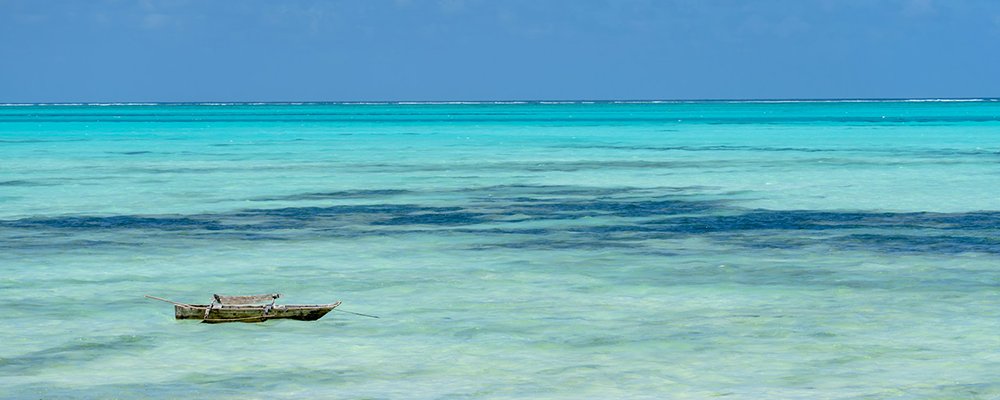
Nungwi Beach in the north is one of the busiest and most beautiful due to its sparkling white sand and turquoise water. Known as a party destination, the village's colorful heart of restaurants and nightlife buzz at night. A quieter area along the coast is only a short way heading east. Dramatic rock formations create an exotic backdrop to a leisurely stay where you can visit a turtle sanctuary. Nungwi is an exquisite gem surrounded by crystal-clear water on three sides.
Kendwa Beach, only a few miles southwest of Nungwi, is another hot spot for tourists looking for a laid-back vibe with less commercialism and few beach touts to run away from. There are still plenty of great restaurants and bars for afternoon drinks when the sunsets will amaze.
Matemwe Beach, in the north-east, is for the luxury-seeking folk who wish to sashay their way around glorious indulgent hotels seen in high-end glossy mags while wearing Gucci resort wear and slipping their Chanel sunglasses down their perfectly sculptured noses when ordering an aperitive. There is plenty of time to show off the body-beautiful draped in Saint Laurent swimmers when the tide goes out, as it can be a walk over coral flats to get to a swimmable depth. But if you only plan on wallowing in the water when the tide is in, Matemwe Beach is perfect for swimming. There’s also excellent diving around the Mnemba Island region.
Pongwe Beach on the east coast is relatively remote and quiet, with only restaurants in your accommodation. A haven for honeymooners and those wishing to escape the maddening crowds, Pongwe Beach has large tides that run all the way back to the seaweed farms and rocky seabed. If you want to go snorkeling, you must be prepared to go overland for at least an hour to a suitable beach.
Kiwengwa Beach is stunning and only a short distance from Pongwe. Again, low-tide swimming is not an option, but snorkeling, diving, and trying to catch a big fish are possible in this area. The highlight of this beach is taking a slow walk over the coral reef and poking your nose into the Kiwengwa Caves, where stalactites and stalagmites create a mind-boggling vision of nature's artistry.
Paje Beach is for the active soul into kitesurfing, windsurfing, diving, and riding the waves on a surfboard. Only a short distance for an indulgent visit to the iconic Rock Restaurant, there is also a Seaweed Centre to visit, or the ultimate in mingling with the locals is a game of beach football in the early evenings.
Bwejuu Beach on the southeastern side is remote and exotic. In years past, it has been listed in Conde Nast's list of the world's top 30 beaches. It is not a beach for all-night raging party-goers; expect to spend the majority of your time ensconced in your hotel's domain. The warning on this beach is that it is a seaweed-fishing beach, but don't be put off by this fact.
Kizimkaze Beach, on the southern tip of the island in Menai Bay, is blessed with the highest tide in Zanzibar, when the sand almost disappears and swimming is bliss. It's suitable for diving, snorkeling, kitesurfing, and deep-sea fishing enthusiasts. Avoid the dolphin tours promoted here, as they are conducted unethically.
If none of the above appeals to you, head to Mnemba Island for dreamy beaches, the privately owned Chumbe Island for untouched coral where the tides don’t affect swimming, or remote Pemba Island for incredible snorkeling and diving.
Gail Palethorpe, a self proclaimed Australian gypsy, is a freelance writer, photographer and eternal traveller. Check out her website Gail Palethorpe Photography and her Shutterstock profile.

